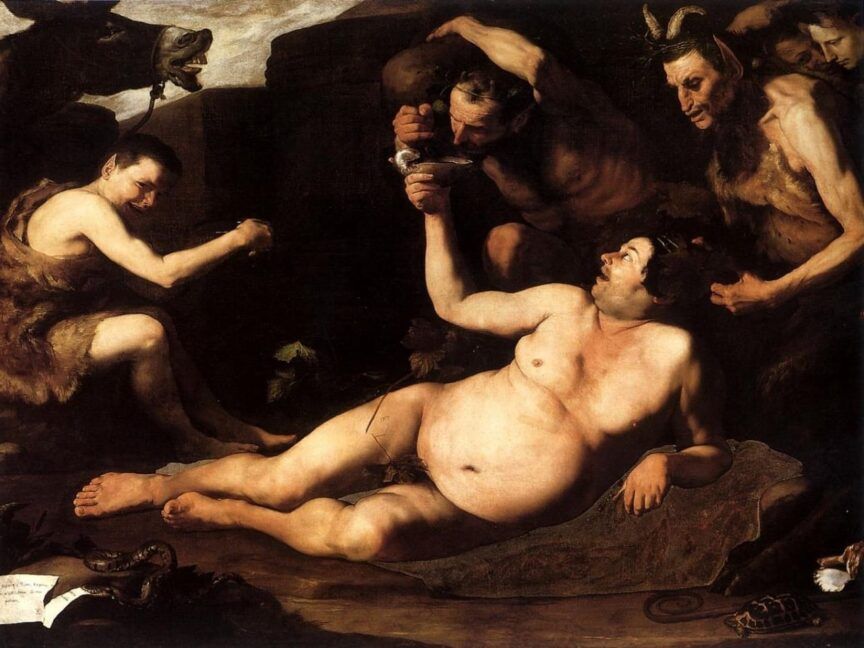Jusepe de Ribera, detto lo Spagnoletto, l’artista capace di dipingere l’anima di Napoli.
Ribera fu un pittore che fece da tramite tra la pittura spagnola e la scuola napoletana. Deve il suo nomignolo alla bassa statura ed era noto anche come José de Ribera. Rappresenta uno dei massimi esponenti della pittura continentale del Seicento ed uno dei più illustri pittori che seguirono il filone del caravaggismo. Jusepe de Ribera, chiamato anche lo Spagnoletto, per la sua bassa statura e per la attiva presenza nella città partenopea, conosciuto pure col nome di Josè de Ribera, fu l’artista capace di dipingere l’anima di Napoli, località in cui si trasferì nel 1616. Il pittore nato a Xàtiva, nei pressi di Valencia, nel 1591 da Simón de Ribera e Margarita Cucó e fratello di Juan anch’egli pittore, cominciò l’apprendistato con Francisco Ribalta il quale, nella città spagnola, aveva una “bottega” molto frequentata. Rappresenta uno dei massimi esponenti della pittura continentale del Seicento ed è uno dei più illustri pittori seguaci del caravaggismo. Jusepe de Ribera fece da trait d’union tra la pittura spagnola e la scuola napoletana. Lo Spagnoletto operò prevalentemente in Italia tra Roma, Parma ed in particolare a Napoli, città in cui, per più di venti anni, si mise in luce tra i pittori partenopei più in vista, su cui, in verità, fu capace di esercitare una forte influenza.
Clicca quì per continuare a leggere l’articolo.
Jusepe de Ribera, called Spagnoletto, the artist capable of painting the soul of Naples.
Ribera was a painter who acted as intermediary between Spanish painting and the Neapolitan school. It owes its nickname to its short stature and was also known as José de Ribera. He represents one of the leading exponents of 17th century continental painting and one of the most illustrious painters who followed the vein of caravaggism. Jusepe de Ribera, also called Spagnoletto, for his short stature and for his active presence in the Neapolitan city, also known as Josè de Ribera, was the artist capable of painting the soul of Naples, a place where he moved in 1616. The painter born in Xàtiva, near Valencia, in 1591 by Simón de Ribera and Margarita Cucó and brother of Juan also a painter, began his apprenticeship with Francisco Ribalta who, in the Spanish city, had a “workshop” “Very busy. He is one of the leading exponents of 17th century continental painting and is one of the most illustrious painters of Caravaggio’s followers. Jusepe de Ribera served as a trait d’union between Spanish painting and the Neapolitan school. The Spagnoletto worked mainly in Italy between Rome, Parma and in particular in Naples, a city where, for more than twenty years, it was brought to light among the most prominent Neapolitan painters, on whom, in truth, he was able to exert a strong influence.
Click here to continue reading the article

